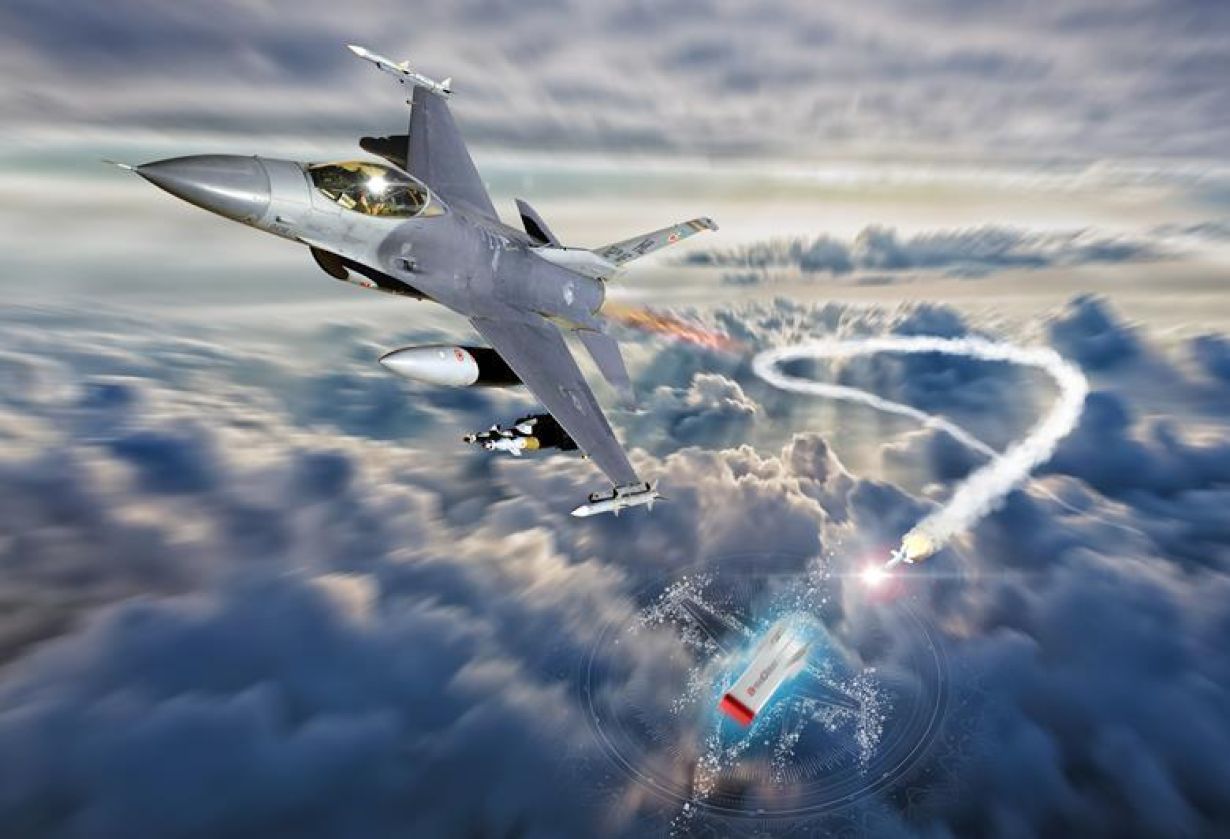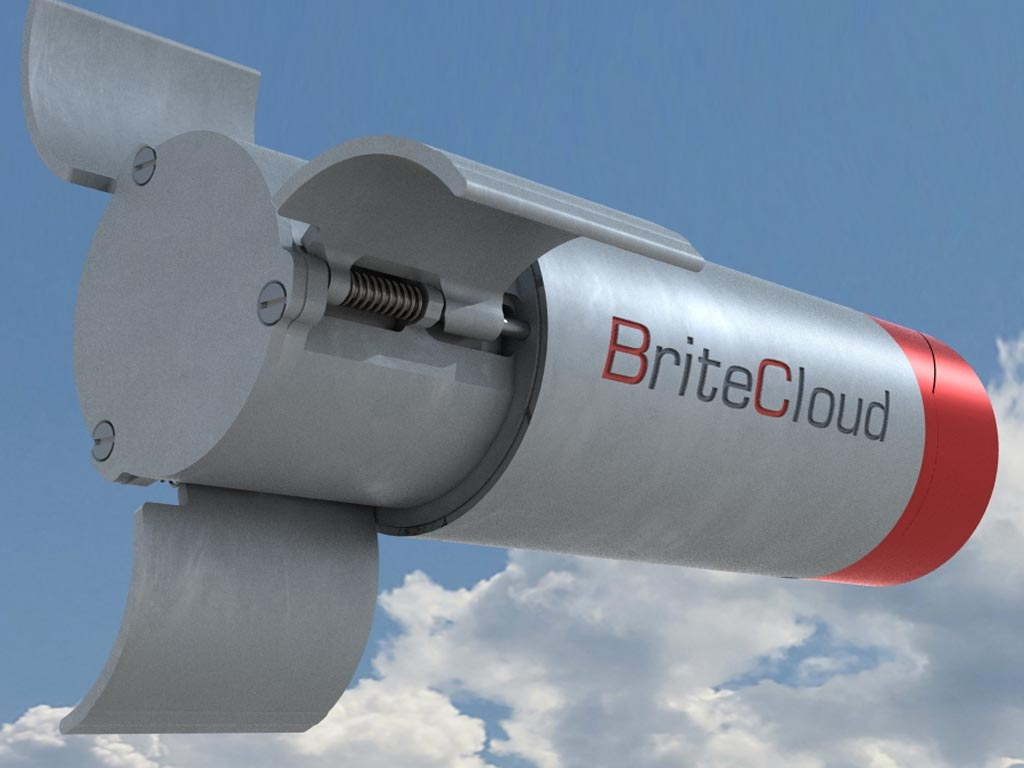An active expendable decoy, or AED, was recently tested on the US F-35 Lightning II fighter. Using this decoy, the stealth fighter is expected to thwart attacks from a range of adversarial air defense systems, including China’s and Russia’s S-400 missiles.
‘Raptor Salad’ For Lunch! US F-22 Raptor Outgunned, Outmaneuvered By German Eurofighter Typhoon?
This comes weeks after the US Navy disclosed plans to acquire an active expendable decoy (AED) for the Lockheed Martin F-35 Lightning II. Naval Air Systems Command (NAVAIR) stated on June 6 that it was considering purchasing up to 8,000 decoy rounds to satisfy Navy and other customer requirements from Fiscal Year (FY) 2025 to FY 2029.
More than a month later, on July 18, NAVAIR finally announced that it would negotiate and grant Leonardo a fixed-price contract covering an estimated 1,000–2000 AEDs annually. Impulse cartridges, associated maintenance and equipment, and F-35 field service support are also included in the contract. The contract is meant to cover obligations for Fiscal Years 2025–2027.
Although the announcement did not mention the British-made Leonardo BriteCloud (the BriteCloud Expendable Active Decoy), experts inferred that the fact that the contract was being awarded to Leonardo’s UK division alone indicated that BriteCloud had been chosen by NAVAIR. Moreover, the previous requirement described a system identical to BriteCloud.
The British-made Leonardo BriteCloud is a small active-radar decoy that can be discharged out of ordinary chaff and flare dispensers. The decoy is unique because it has a jammer to spoof enemy surface-to-air and air-to-air systems. Thus, it functions as a countermeasure and enhances the aircraft’s survivability.
Nice to see BRITE CLOUD get picked for the F-35 after testing in the US. This british active RF decoy, first deployed on Tornado GR4 in its last days, now has quite the career ahead, on Typhoon and F-35 too. Different outer shape, of course. https://t.co/JVjAik4hV7
— Gabriele Molinelli (@Gabriel64869839) July 18, 2024
The US Navy has been searching for a decoy with broadband coverage that can neutralize networked coherent radar-based marine, aircraft, and ground-based integrated air defense systems (IADS). Currently, the Navy’s primary active dispensable decoy is the RT-1489/ALE Generic Expendable or GEN-X, a small air-launched decoy designed to provide end-game off-board jamming capabilities against guided missiles.
With the integration of BriteCloud, the United States F-35 stealth fighter jets will be making use of crucial British technology to defeat enemy radars and air defense systems, including the formidable S-400 used by Russia and China.
According to past estimates, the S-400 radar systems could spot an F-35 when it approaches within roughly 20 miles. However, the F-35 is armed with air-to-ground missiles capable of reaching targets up to 40-60 miles away.
As previously explained by EurAsian Times, the Nebo-M system of the S-400 can detect the presence of stealth fighters as they approach by leveraging low-frequency radar arrays such as the Nebo SVU (VHF-band) and the Protivnik G (L-band). Though these low-frequency arrays may not provide the image fidelity required for targeting, they play a crucial role in detection.
While modern stealth fighters are designed to minimize detection against high-frequency radar bands, they are not entirely immune to detection. The size of their radar cross-section (RCS) determines their detectability, with smaller RCS values indicating reduced visibility to radar.
However, a countermeasure decoy could increase the chance of an F-35 launching a successful attack without being shot down. This may be very significant as the US is expected to deploy its F-35 stealth jets in a potential conflict with China in the Indo-Pacific. Also, several European countries near Russia are already operating the fighters.

What Is So Special About BriteCloud?
The BriteCloud standard version serves as a Digital Radio Frequency Memory (DRFM) jammer and is widely recognized as the “gold standard” for protecting against radar-guided surface-to-air and air-to-air missiles.
It has been designed to identify incoming radar pulses from hostile platforms like ships, airplanes, and ground-based air defense systems. Moreover, it can identify active radar guidance systems when a missile is approaching. After determining an incoming hostile missile, it mimics those signals to create the illusion of a fake target.
In a previous press release, Leonardo claimed that this impact could “confuse and overwhelm” radar systems and lure missiles away.

The self-contained, battery-operated BriteCloud cartridge has an off-board jamming capability, which accounts for its “active” name. It can be dropped like traditional chaffs and flares, which accounts for its “expendable” nature, to create a wide gap between the aircraft and the decoy, ensuring that the missile and its shrapnel miss the aircraft entirely.
Donald Trump’s ‘Vague Demand’: Wants Iron Dome AD System To Defend USA; Israeli Media Unimpressed
Leonardo claims that BriteCloud can take out most Radio Frequency (RF)-guided surface-to-air and air-to-air threat systems, even those that use dangerous “home-on-jam” guidance, in which the missile targets the jamming signal—particularly for aircraft that only have an internal or podded jammer.
BriteCloud is referred to as a “second generation” expendable active decoy. It is different from first-generation decoys, also known as towed decoys, which were developed towards the end of the Cold War and depended on a cable connecting them to the aircraft to maintain the necessary distance and receive data and power for the jamming signal.
Utilizing this novel technology in modern combat would significantly add more teeth to a combat jet since cutting-edge air defense systems deployed by adversaries pose a serious risk to the aircraft. Modern Surface Air Missile (SAM) systems can be extremely mobile and versatile, making them a deadly menace.
Several air defense systems today have Electronic Counter-Counter-Measures (ECCM) that are made to subdue the countermeasures that an aircraft uses, such as flares, chaff, and jammers. Using a decoy like BriteCloud would subdue that glaring threat, especially in a near-peer combat.
Initially deployed on the now-retired Tornado GR4 attack fighter, BriteCloud made its Royal Air Force debut in 2018. After a year, the service began testing the decoy on its Eurofighter Typhoons and suggested that it might eventually integrate them into its F-35B Lightnings.
- Contact the author at sakshi.tiwari9555(at)gmail.com
- Follow EurAsian Times on Google News





